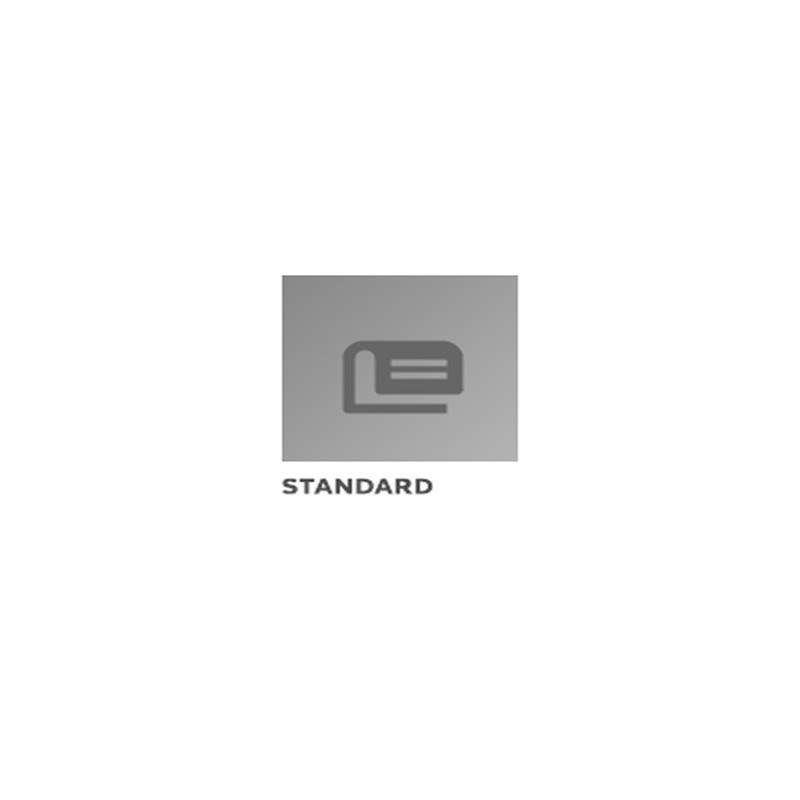Description / Abstract:
1. Scope--This SAE Recommended Practice describes a procedure for
measuring evaporative emissions from fuel systems of passenger cars and
light trucks. Emissions are measured during a sequence of laboratory
tests that simulate typical vehicle usage in a metropolitan area during
summer months:
a. A 1 h soak representing one diurnal cycle in which temperature of
fuel in the vehicle's tank is raised from 15.6 to 28.9 °C (60 to 84
°F)
b. A 17.9 km (11.1 mile) drive on a chassis dynamometer
c. A 1 h hot soak immediately following the 17.9 km (11.1 mile) drive
The method described in this document, commonly known as the SHED
(Sealed Housing for Evaporative Determination) technique, employs an
enclosure in which the vehicle is placed during the diurnal and hot
soak phases of the test. Vapors that escape from all openings in the
fuel system--both expected and unexpected--are retained in the
enclosure, and the increase in hydrocarbon (HC) concentration of the
atmosphere in the enclosure represents the evaporative emissions.
Emission values measured by the enclosure method can, therefore, be
significantly different than those obtained by the former trap method,
depending on fuel system configuration and component design.
The test sequence and methods for measuring emissions are applicable to
vehicles either with or without systems or devices to control fuel
evaporative emissions. Although they have been used successfully with a
wide range of vehicles equipped with a variety of control devices, they
should not be applied indiscriminately to new or unique vehicles or
fuel systems. For example, based on experience that temperature
excursions of the fuel tank in parked vehicles follow those of ambient
air, the test sequence prescribes heating of the fuel tank to simulate
a diurnal soak. Any control system designed to alter the relation
between fuel and ambient temperatures will not be properly evaluated in
the test sequences prescribed.
This document is intended as a guide toward standard practices, but may
be subject to frequent change to keep pace with experience and
technical advances.
The document includes the following sections:
a. Definitions
b. Test Fuel
c. Test Facilities and Equipment
d. Measurement Method
e. Preparation of Test Vehicle and Fuel System
f. Test Sequence
g. Information and Data to be Recorded
h. Presentation of Data


